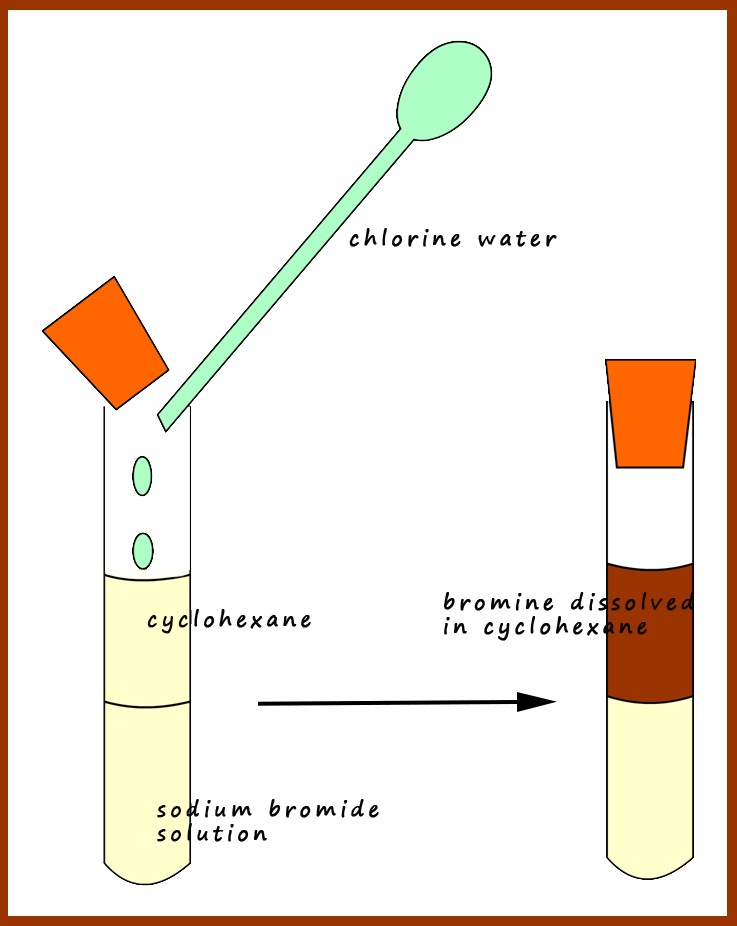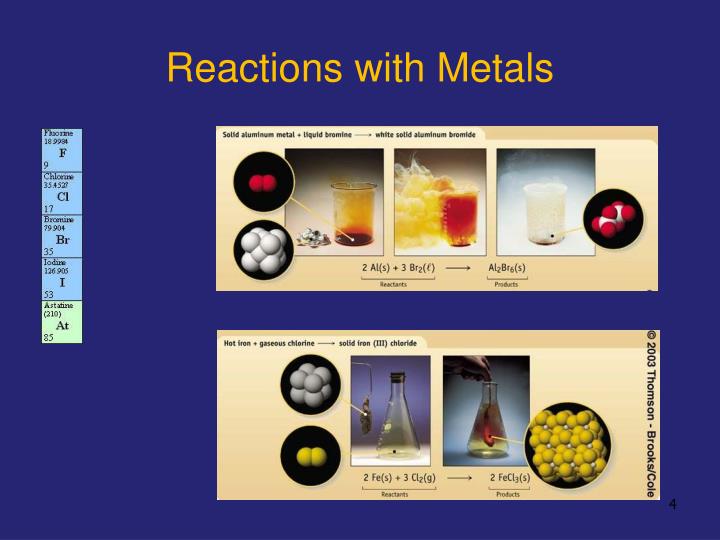

Of halogen reactions with VOCs and to the uncertainties in current Tropospheric O x budget is highly sensitive to the inclusion Not included, O 3 is much lower than observed. However, when reactions between Br and Cl with VOCs are

With the inclusion of halogens in the troposphere, O 3 is reduced byħ ppbv on average. When reactions between Br and Cl with VOCs are not included and, This range is in good agreement with other estimatesįrom state-of-the-art atmospheric chemistry models. Heterogeneous chemistry accounted for a small proportion of this range Our model results show that tropospheric O x loss due to ( I y) partitioning and IO when the heterogeneous reactions, There are only small changes to the inorganic iodine Reactions between Br and aldehydes were found to be particularly important,ĭespite the model underestimating the amount of aldehydes observed in theĪtmosphere. Reactions leads to modelled BrO mixing ratios greater than observed. Reactions between Br and the oxygenated VOCs (OVOCs), which convert Br to However, it shouldīe noted that the modelled BrO was extremely sensitive to the inclusion of Where the sea-salt particles are plentiful and relatively acidic,ĭebromination leads to overestimation of the observed BrO.
#HALOGENS REACTIVITY FREE#
Throughout the free troposphere, but in the tropical marine boundary layer, Including debromination of sea salt increases BrO slightly Proportion of the Br y in active forms such as BrO, HOBr andĭihalogens. Partitioning when heterogeneous chemistry is included, with a greater We see a considerable impact on the inorganic bromine ( Br y) This is somewhat expected given the large uncertainties in the air–seaįluxes of the halocarbons in a region where there are few observations of The observed mixing ratios of bromine oxide (BrO) and iodine oxide (IO),Īlbeit with some discrepancies, some of which can be attributed toĭifficulties in the model's ability to reproduce the observed halocarbons. Including all the new processes, the model does a reasonable job reproducing Species and Oxygenated VOC (TORERO) campaign (January–February 2012) to Observations from the Tropical Ocean tRoposphere Exchange of Reactive halogen The study focuses on the tropical east Pacific using field (VOCs), along with oceanic emissions of halocarbons, VOCs and inorganic Time, including heterogeneous recycling reactions involving sea-salt aerosolĪnd other particles, reactions of Br and Cl with volatile organic compounds To do this, the regional chemistry transport model WRF-Chem hasīeen extended to include Br and I, as well as Cl chemistry for the first Uncertainties in the fluxes of RHS to the atmosphere and their chemical This study investigates the impact of reactive halogen species (RHS,Ĭontaining chlorine (Cl), bromine (Br) or iodine (I)) on atmosphericĬhemistry in the tropical troposphere and explores the sensitivity to a now at: Department of Atmospheric Chemistry and Climate, Institute of Physical Chemistry Rocasolano, CSIC, Madrid, SpainĬorrespondence: Alba Badia Hide author detailsĬorrespondence: Alba Badia Received: – Discussion started: – Revised: – Accepted: – Published:.7 National Centre for Atmospheric Science (NCAS), Department of Chemistry, University of York, York, UK.6 Wolfson Atmospheric Chemistry Laboratories (WACL), Department of Chemistry, University of York, York, UK.5 Earth System Laboratory, Atmospheric Chemistry Division, National Center for Atmospheric Research (NCAR), Boulder, CO, USA.4 Cooperative Institute for Research in Environmental Sciences (CIRES), University of Colorado, Boulder, CO, USA.3 Department of Chemistry, University of Colorado, Boulder, CO, USA.2 Department of Atmospheric Chemistry and Climate, Institute of Physical Chemistry Rocasolano, CSIC, Madrid, Spain.1 Centre for Ocean and Atmospheric Sciences, School of Environmental Sciences, University of East Anglia, Norwich, UK.


 0 kommentar(er)
0 kommentar(er)
